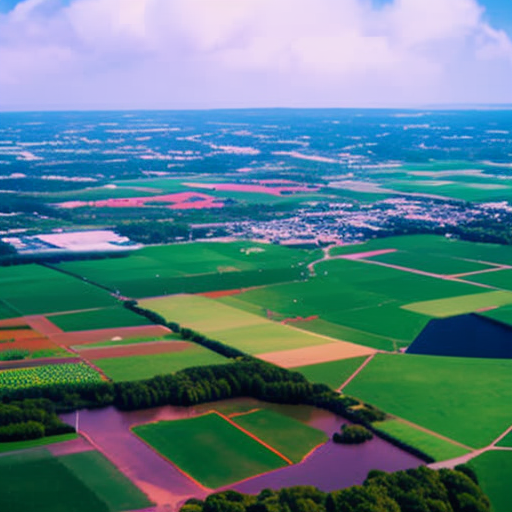Thermodynamics of the atmosphere explores the principles and processes governing the behavior of air and energy transfer in Earth’s atmosphere.
Atmospheric Pressure Systems Explained
Atmospheric pressure systems refer to the variations in air pressure that drive weather patterns and influence climate conditions.
Weather Radar Explained
Weather radar is a technology that uses radio waves to detect and track precipitation, providing valuable information for weather forecasting and monitoring.
Atmospheric Circulation Explained
Atmospheric circulation refers to the global movement of air, driven by temperature and pressure differences, which influences weather patterns and climate.
Atmospheric Studies Explained
Atmospheric studies involve the scientific exploration and analysis of Earth’s atmosphere to understand its composition, dynamics, and impact on climate and weather patterns.
Meteorology Explained
Meteorology is the study of the Earth’s atmosphere and weather patterns.
Climate Modeling Explained
Climate modeling is the process of using computer simulations to predict and understand the Earth’s climate system.
Weather Forecasting Explained
Weather forecasting is the scientific process of predicting atmospheric conditions and weather patterns.
Atmospheric Pressure Studies Explained
Atmospheric pressure studies investigate the variations and effects of air pressure on weather patterns, climate change, and human health.
Cloud Formation Explained
Cloud formation is the process by which water vapor condenses into visible clouds in the Earth’s atmosphere.
Weather Radar Technology Explained
Weather radar technology is a system that uses radio waves to detect and track precipitation and other atmospheric phenomena.
Air Masses And Fronts Explained
Air masses and fronts are important concepts in meteorology that explain the movement and interaction of different air masses, leading to weather changes.




















